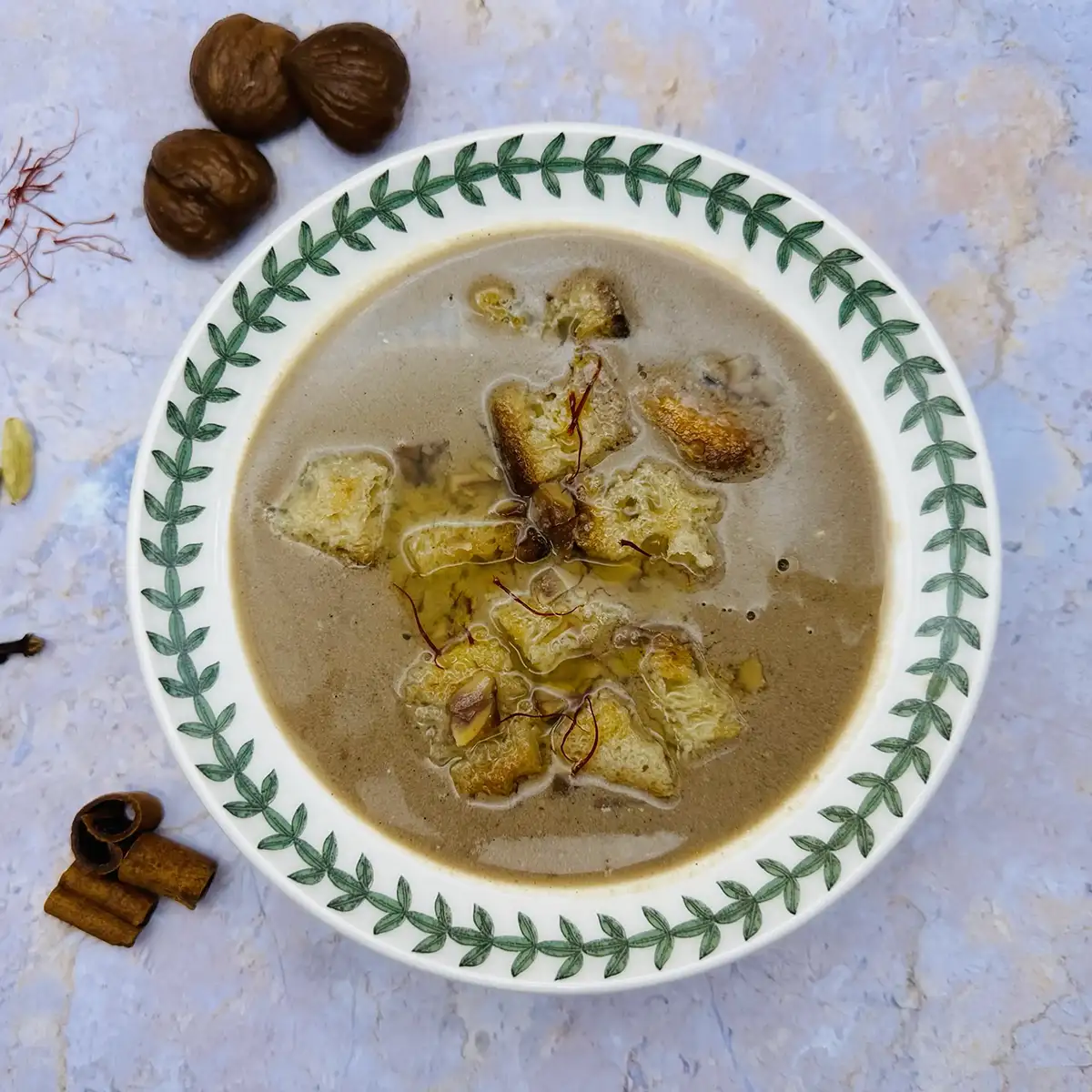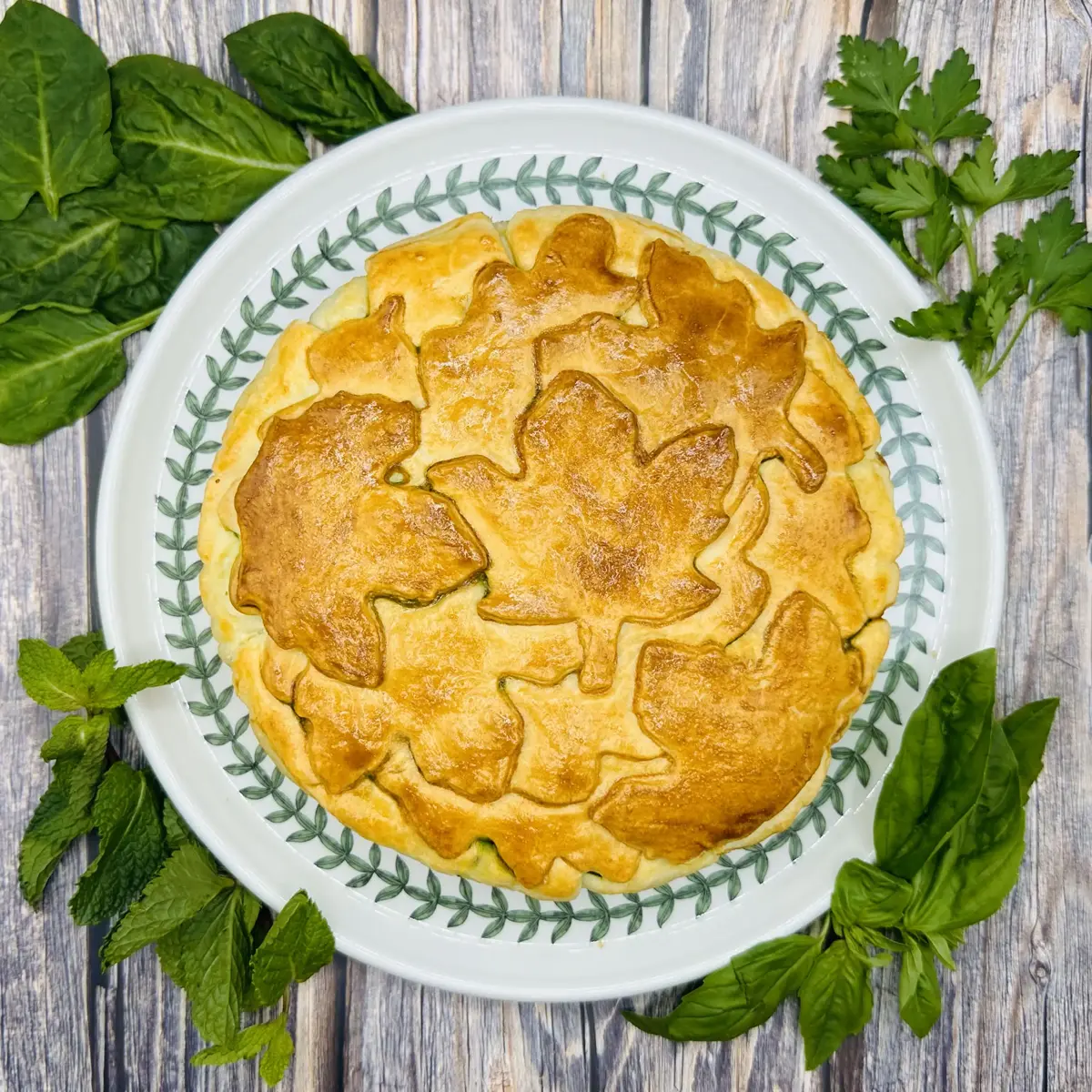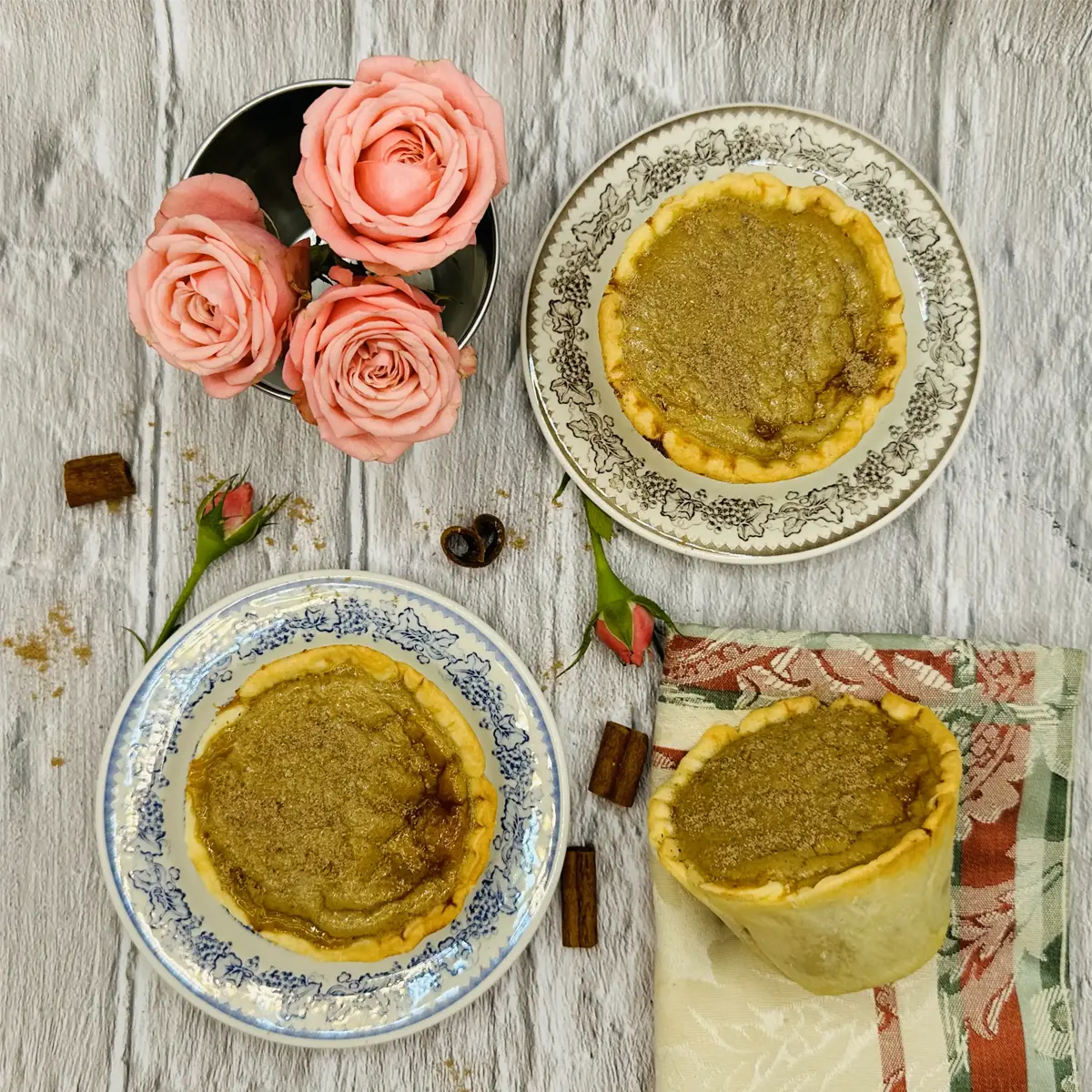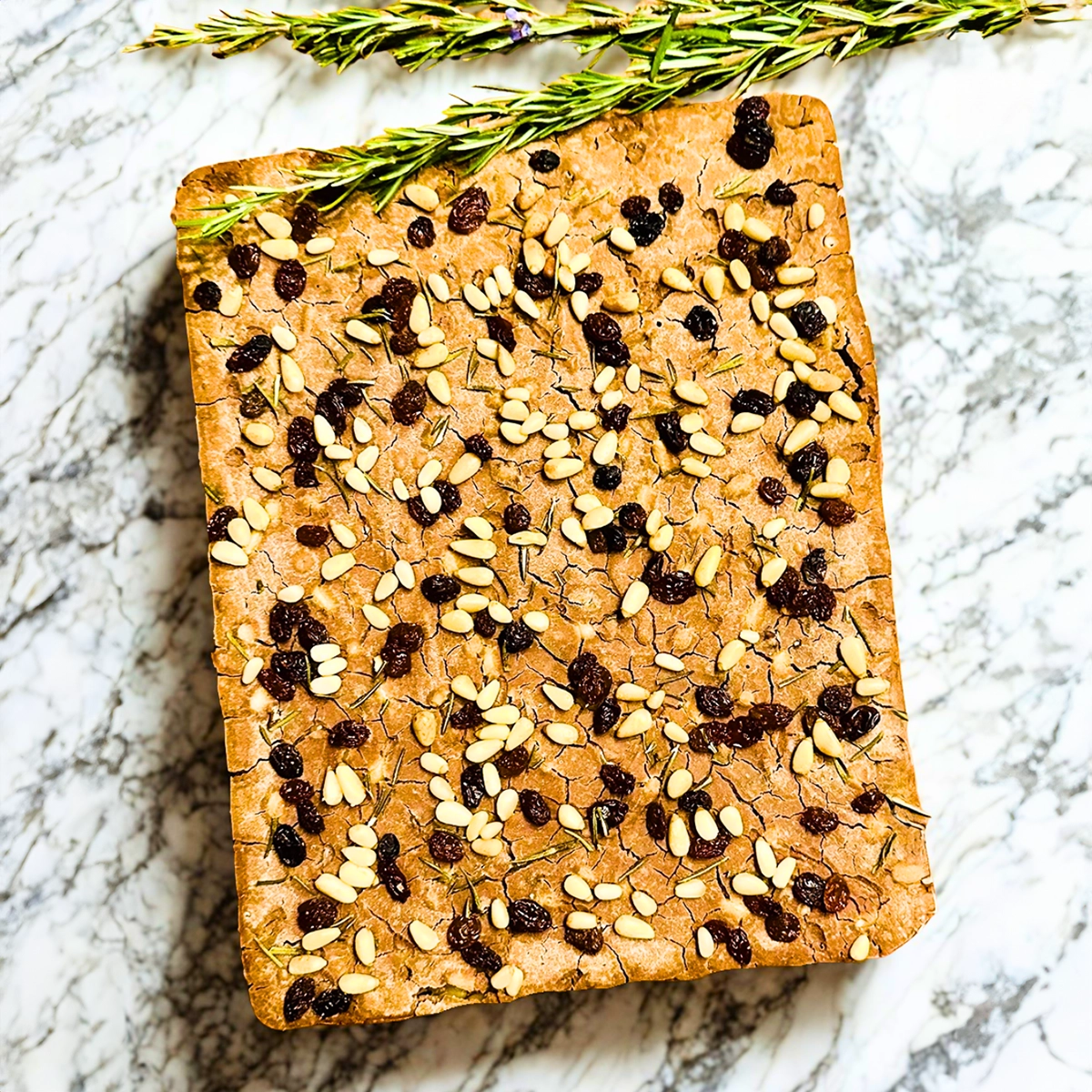With the Table du Temps Jadis discover
medieval gastronomy and
ancient recipes from the Renaissance
medieval gastronomy and
ancient recipes from the Renaissance

A rich and diverse blend of flavors, spices, cultural influences and innovation reflects the culinary art of medieval and Renaissance Europe
The Middle Ages (from the 5th century to the end of the 15th century ) is a fascinating era, particularly marked by many contacts with other cultures (such as the Arab world), which generated great changes. Medieval cuisine is an essential part of our rich cultural heritage. It is characterized by the aspects :
- Culinary diversity and regionalism : each region, depending on its climate and local resources, develops its own culinary traditions and specialties.
- The influence of the Crusades and trade : The Crusades and trade played a key role in the introduction of new ingredients and spices to Europe. These novelties enrich the flavors of the cuisine and are often used as symbols of prestige and wealth.
- Contrasts and symbolisms in cuisine : Cuisine is characterized by strong contrasts, with the abundant use of spices in the dishes of the upper classes, while the staple foods for the majority are much simpler. Food also has an important symbolic and ritual dimension and religion greatly influences diet. Indeed, in the Middle Ages, there was a dual cuisine: that of fat days and that of lean days, when Christians had to exclude all food of animal origin. The Christian calendar had 150 to 250 lean days: Fridays, sometimes Saturdays, the eve of major religious holidays and Lent.
- The appearance of cooking manuscripts and the transmission of knowledge : although less widespread than during the Renaissance, cooking manuscripts began to appear, detailing recipes and culinary techniques. These texts, although rare, play a crucial role in the preservation and transmission of culinary knowledge.
The Renaissance (from the 15th century to the beginning of the 17th century ) is a pivotal period which symbolizes the transition between two historical periods: the Middle Ages and what we commonly call “Modern Times”. The Italian Renaissance plays a crucial role in the evolution of European gastronomy, introducing new techniques, ingredients and ideas, which shape modern cuisine as we know it today.
We can summarize the highlights of the gastronomy of this era as follows:
- Culinary innovation and experimentation : The Renaissance marks a period of curiosity and experimentation in many areas, including cooking. Italian chefs of the time, influenced by the Renaissance spirit of discovery, began experimenting with new techniques and ingredients, leading to the evolution of European cuisine.
- Influence of travel and trade : With the expansion of trade and travel, new ingredients such as tomatoes, corn and potatoes were introduced to Europe. These ingredients, despite strong initial suspicion, were gradually incorporated into European cuisine, significantly changing eating habits.
- Tableware and presentation of dishes : we pay much more attention to the aesthetics and presentation of dishes. The Italian Renaissance table was often a spectacle, with elaborate and decorative dishes, influencing presentation codes throughout Europe.
- Cookbooks and etiquette at the table : printing, which appeared in the middle of the 15th century , allowed the distribution of cookbooks, which helped to standardize certain culinary practices and spread them across borders. Publications concerning good table manners are also appearing.
- Mixture of Cultures and Flavors : The Renaissance was a time of cultural mixing, and this was reflected in the cuisine. Influences from Italy and other European countries begin to mix, creating hybrid and innovative dishes.

Medieval cuisine, culinary preparations that tell stories
During this medieval period, food was truly a status symbol. Dietary transgressions are not only frowned upon, they are also punishable by law. sumptuary laws ( regulations which govern consumption habits) specify in particular, in resonance with the social class and income level of people, what they are authorized to consume. The use of spices in the culinary preparations of the Middle Ages characterizes the lord's table and differentiates it from that of the sharecropper, where fruits are no more present than spices.
During the medieval period, spices played a major and even social role, responding to a certain human philosophy. Moreover, medicine from the Middle Ages gave them numerous virtues and particularly digestive qualities, as observed by Hildegarde de Bingen . The mastery of the harmony of spices therefore aroused real enthusiasm during the medieval era and the impressive number of spices used testifies to this. Some of them are completely forgotten today, like the seed of paradise and the long Insulinde pepper (but fortunately, we can still find them).
As for cooking, the medieval menus are concocted in a hearth, located in the heart of the living room, which allows the heat to be used as much as possible. A common arrangement throughout the Middle Ages, even for privileged homes, where the kitchen combines with the reception space. It was indeed necessary to wait until the end of the Middle Ages for medieval cuisine to begin to be separated.
Cereals such as wheat, barley, rye and oats were the basis of the medieval diet . We make bread, porridge and porridge. In the vegetable garden , we grow onions, cabbage, carrots and turnips; These foods, which in this era are referred to by the word "roots", are used in many dishes along with herbs such as thyme, parsley, chives, savory, parsley, mint and sage. We also find lettuce, chard and spinach. The meats are pork (also used to prepare cold meats), mutton, beef and poultry (chicken, goose and duck). The fish include pike, shad, eel and turbot. Hunting provides game such as deer and wild boar, but this large game is rather reserved for the table of the nobles and the less fortunate are content with rabbit or hare . “Flying” game is also an important part of the cuisine: birds such as pheasants, partridges and quails are commonly hunted and prepared.
Eggs in the preparation of pasta, desserts and savory pies, as well as thickening sauces. Farmers consume them in large quantities, because eggs provide the protein missing due to the scarcity of meat in their daily diet.
In the Middle Ages, medicine viewed cheese with suspicion and recommended its consumption very moderately. It is also seen as a humble food, associated with the diet of peasants, and therefore disdained by nobles.
As for fruits , we find apples, pears, quince, peaches and walnuts. Among the fruits picked in the forest, there are various varieties such as corms, sloes, as well as medlars and alis. The undergrowth also provides an abundance of wild berries, including blackberries, currants, raspberries and strawberries which are much smaller than those we know today.
In the Middle Ages, the classification of foods was based on a hierarchy called the “ chain of being ,” which was inspired by the medieval conception of the universe. According to this idea, foods are ranked from lightness to heaviness following a scale from heaven to earth. The nobles of this era believed that they must eat the most “aerial” foods to approach God. They therefore consume birds, because by flying in the skies, they are closer to the divine. This is why large birds, such as peacocks, swans, herons, storks and cranes, are often on the menu at sumptuous feasts.

How does a medieval meal take place at a lord's house in the Middle Ages?
At the table, guests share the cutter, a cutting board, with their neighbor, even when the latter is a stranger. The axer can take the form of a wooden plate, round or rectangular, in pewter, copper or bronze depending on the wealth of the house. A slice of bread is placed there (called a 'slicer') on which solid foods are placed.
Meals with lords during the Middle Ages were punctuated by several courses (between 1 and 8).
We start with seasoned salads or fresh fruit to whet the appetite ; then follow soups or broths . It should be noted that soups are very different from the way we think of them today: in the Middle Ages, soups were rather thick soups made from vegetables and meat, closer to today's stews. Broouets, for their part, are preparations based on meat simmered with vegetables and herbs. Soups and broths were generally served with pieces of bread.
The feast continues with roast meats accompanied by various sauces, often thickened with bread crumbs or egg yolk, but without fat.
The “ destmets ”, “ interludes between dishes”, are real interludes during meals from medieval times. They take the form of spectacular culinary preparations and are truly playful interludes resembling small plays where stories are told. Particularly anticipated moments during which troubadours, storytellers and jugglers take the stage. Poems are read, wild animals and/or exotic products from distant lands are presented. During this show, guests enjoy small savory bites or donuts.
The meal then resumes with the “ dessert ”, equivalent to our dessert. This is the time when fouaces, creams, sugar tarts, donuts, darioles, fruit compotes and even waffles are served.
Finally, to finish the meal, the guests go to another room to freshen their breath with sugared almonds, spices and candied fruits generously offered by the host. This tradition is known as “ bowing . ” It is the time of Hypocras , a drink, very widespread , seed of paradise, nutmeg and galangal). Sweet hypocras is reserved for aristocrats, while the honey version is intended for the people, because in the Middle Ages, sugar was seen as a luxury product, classified in the category of spices.
Renaissance cuisine, food revolution and culinary inventiveness are underway
The Renaissance marks a significant turning point in the composition of menus. It's a bit as if this era created a bridge between the new and old world, laying the foundations for a great change in food cultures. The fascination with Italy is not unrelated, it is even at the heart of this upheaval, just like the emergence of new humanist thoughts, the rise of the arts, the discovery of America, the Protestant reform and the invention of printing. Major events which undoubtedly have an influence on the way we experience the table and the kitchen. We then talk about culinary inventiveness .
During the Italian Renaissance, an emblematic text entitled 'De honesta voluptate et valitudine ' appeared. Written by the humanist Bartolomeo Sacchi , better known as Platinum, this work focuses on diets and the convivial and nutritional value of foods. This work, which is recognized as the first printed cookbook, is translated into French under the title 'Platine en francoys'. This book, which became a major success in 1505 in France, draws its inspiration from the works of Maestro Martino , a renowned cook of the time, and incorporates recipes from his 'Libro de Arte Coquinaria'.
»
The art of charcuterie is developing with specialties such as ham, salami, pancetta, sausages. To extend their shelf life, some charcutiers add peppercorns to sausages, a method still in use.
With the Protestant Reformation, butter, until then considered the fat of the poor , became an ingredient of daily cooking, thanks to a special dispensation authorizing its use even during the Lent period, when the consumption of meat and other products of animal origin were prohibited. Furthermore, from the 16th century , cheese began to appear in court dishes.
At the end of the Renaissance, white bread began to dominate the tables of the nobility, thanks to more advanced grain milling techniques that removed the bran. On the other hand, the working classes continue to consume black bread, also popular in many monasteries as a symbol of rejection of luxury.
The discovery of the New World led to the so-called ' Columbian Exchange ' (named after Christopher Columbus), the gradual exchange and mixing of crops, animals and foodstuffs between the American and European continents. . Europe is seeing the arrival of products such as corn, potatoes, tomatoes, squash, zucchini, peppers, chili peppers, sunflowers, beans, blueberries, raspberries, pineapples, papayas and peanut. For their part, the Americas welcome the olive tree, the vine, the wheat, the barley, the rice, the oats, the apple, the apricot, the watermelon, the citrus fruits, the artichoke, the cabbage, the garlic, eggplant, onion and almond.
Under Italian influence, fruits such as sweet oranges, lemons and melons appeared on aristocratic tables. Unlike the Middle Ages where fruits were consumed at the start of a meal, during the Renaissance fruits were rather savored at the end of the meal, except for melons and figs which still accompany charcuterie starters today. Fruits are appreciated in various forms, notably cooked, in compotes, transformed into fruit jellies, jams or even candied fruits.
For a long time, sugar , which at that time was known to have digestive benefits, was used as a remedy. Nostradamus gives jams medicinal properties in his 1555 work, Traité des fardements et confitures , where he offers recipes for therapeutic purposes, such as relieving the liver or combating melancholy with bugloss bark jam. However, during the Renaissance, sugar evolved in its perception, as evidenced by the writings of the time, including those of the Flemish geographer Abraham Ortelius in 1572: " Whereas previously sugar was only recoverable in apothecary shops which kept it only for the sick, today it is devoured out of gluttony. What served us as medicine now serves us as food .” This period also saw the emergence of treats such as sabayon, macaroons, sorbets and ice creams. The first candies were created by the Italian confectioner Giovanni Pastilla in the form of colored sugar pastilles.
Arboriculture develops with the selection and hybridization of different varieties of fruits, as evidenced by the Reine-Claude plum, named after the wife of François I.
From the 15th century , it became crucial for aristocratic families to be able to impress their guests with exquisite dishes at unforgettable banquets. As a result, culinary talents take a central place, propelling ' chefs de cuisine ' to the rank of recognized professionals. The most gifted among them gain notoriety, becoming coveted figures and disputed by the elites who can afford them. Some of them develop detailed recipe books, offering a precise overview of ingredients, quantities and preparation techniques. These works contribute to the transmission of a rich gastronomic heritage, resulting from the personal and collective experience of key players in the cuisine of the time. The figures to whom we owe this transmission of knowledge are Bartolomeo Scappi , the cook of Popes Pius IV and Pius V, and Cristoforo di Messisbugo , ducal superintendent at the court of Estense of Ferrara.
During the Renaissance, good manners, service, tableware and the way of eating changed
In England, rules of decorum were already taught in the Middle Ages, often in the form of 'verse precepts' which advised, for example, not to speak with one's mouth full, to chew calmly and without making noise, and not to clean one's mouth. knife on the tablecloth, discreetly blowing your nose, among other things. But it was during the Renaissance that we began to write texts on good table manners and appropriate behavior in society. In 1530, the Dutch theologian, humanist and philosopher Erasmus of Rotterdam wrote in his manual of etiquette Puerile civility gives: " Before sitting down to eat, you must wash your hands, clean your nails, release your urine away, if necessary to relieve your stomach. The glass is placed on the right as well as the knife and the bread on the left. (…) Starting a meal with a drink is the practice of drunkards. You should only drink during the second course, after the soup. You must first wipe your lips with a napkin or handkerchief. It is rude to dip your fingers into sauces, to rummage through dishes. (…) Salt must be taken with the knife, not with the fingers .”
Regarding service, the order of dishes served during meals becomes more complex. Meals in the wealthiest Italian mansions include “ credenza service ” and “ kitchen service .” The credenza service consists of dishes prepared in advance and arranged on a specific piece of furniture, the credenza. It includes cold dishes such as starters, cheeses, desserts and fruit, served by valets or made available to guests who can help themselves. Towards the end of the 16th century , the piece of furniture used for these dishes was called a buffet , a name coming from Pierre Buffet, “Maître queux” of King François I of France . During banquets, the buffet is also used to present drinks, silverware and precious crockery. With the kitchen service, the valets bring hot dishes cooked at the moment on shared trays, such as soups, pastas, boiled, roasted or sauced meats and fish, side dishes and sauces. Between courses, guests wash their hands, sometimes with rose or flavored water.
There are three ways to serve guests: Italian service, French service and German service. In Italian service , the valets serve the different dishes to each guest, starting with the host and the most important guests, for whom the most delicate pieces are reserved. In French service , serving trays, sufficient for a few people, are placed in the center of the table on raised stands or warmers, and each guest serves themselves. In German service , large serving platters are prepared, sufficient for at least ten guests.
Concerning the setting up, the use of individual plates is becoming more widespread. They can vary in size depending on the dishes served: small for vegetables, cheeses and desserts, larger for pasta and meat. residences have more complex and refined tableware: a wide variety of ceramics, often finely decorated and personalized with the family coat of arms. Their use is favored by the waterproofing process, carried out in the late Middle Ages with a vitreous varnish or, in the case of majolica, with a tin-based enamel. The glasses, generally produced in the glassworks of Venice, are true works of art.
De plus, des cuillères de différentes tailles destinées à différents types d’aliments sont produites et la fourchette commence à apparaître sur les tables aristocratiques italiennes ; la fourchette fait son apparition mais reste cantonné aux tables les plus aristocratiques. Quant à Catherine de Médicis, souvent citée comme celle qui aurait introduit la fourchette en France au XVIe siècle, elle semble avoir surtout renforcé un usage déjà existant dans certains milieux de cour. Par ses banquets et sa culture florentine, elle a contribué à faire de cet objet un emblème de raffinement, sans pour autant l’imposer au quotidien.
While eating directly on the table was common in the Middle Ages, the use of tablecloths and napkins became a symbol of prestige during the Renaissance.
Although white is favored, finely worked linen fabrics or decorated with embroidery are preferred. Sometimes, colored tablecloths, and even scented ones, are used and changed between courses to match the dishes served.
Among the nobles, any opportunity is good to organize banquets: the desire to display one's power is often manifested by an impressive number of dishes, occasionally served over several days. In his book Dello scalco , published in 1584, Giovan Battista Rossetti describes banquets that last five or seven days, with around thirty different dishes for each meal, whether at midday or in the evening. Themed banquets are also common, such as a remarkable event where eggs are prepared in no less than eighty-seven different ways!
Meticulous care is taken in the decoration of the table , incorporating decorative elements such as flowers, small statues and " trionfi ", the latter being true sculptural works of art which emerged in the 15th century and became particularly popular in the 18th century . These artistic pieces, created with a variety of materials like wood, ceramic, crystal or even wax, sugar and butter, are placed either in the center of the table or on dedicated furniture. The trionfi occasionally serve as a support to present certain dishes, such as fruits and sweets.

Books and references on Middle Ages and Renaissance cuisine
- Side recipes from the Middle Ages :
- The Viandier of Guillaume Tirel known as Taillevent
- The Housekeeper of Paris
- Book of the Kitchen by Anonimo Toscano
- Medieval cuisine for today's tables by Jeanne Bourin
- Cooking with Hildegarde de Bingen by Marie-France Delpech
- Renaissance recipes :
- Book of Coquinaria Art by Mastro Martino
- Opera by Bartolomeo Scappi
- Libro Novo by Cristoforo di Messinburgo
- A Historical Renaissance Meal by Josy Marty Dufaut
- To learn more about medieval culinary art :
- At the table of lords, monks and peasants of the Middle Ages by Eric Birlouez.
- The Form of Cury by Josy Marty-Dufaut
- A tavola nel Medioevo by Odile Redon, Françoise Sabban and Silvano Serventi
- To learn more about Renaissance gastronomy :
- Gastronomy during the Renaissance by Françoise Sabban and Silvano Serventi
- Il Rinascimento a tavola by Pierluigi Ridolfi
- Princely feast and peasant meals during the Renaissance by Éric Birlouez
- Banchetti, Composizioni di vivande e general apparecchio by Cristoforo di Messinburgo

Ancient recipes from the Middle Ages and
the Renaissance concocted by La table du temps jadis
the Renaissance concocted by La table du temps jadis
Treat yourself to a sensory tasting and immerse yourself in the heart of medieval and Renaissance gastronomy with La table du temps jadis. I am happy to share with you ancient recipes that you will be able to prepare with spices and ingredients accessible today.
Let's go on a journey to the time of medieval lords and Renaissance nobles... Treat yourself and delight your guests.









